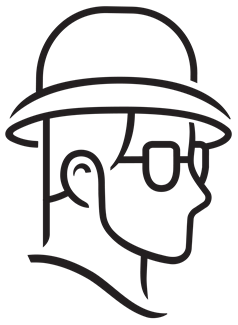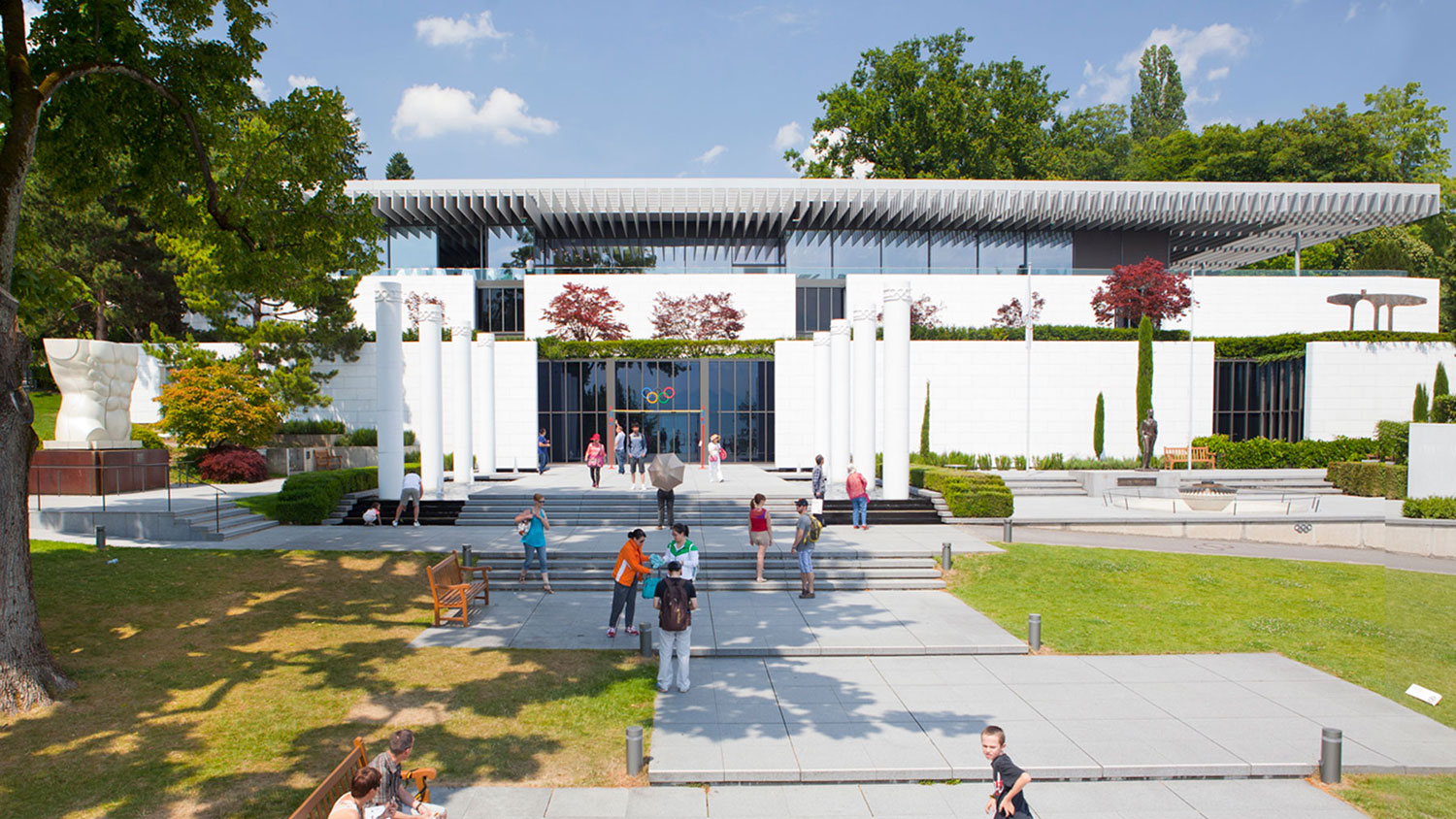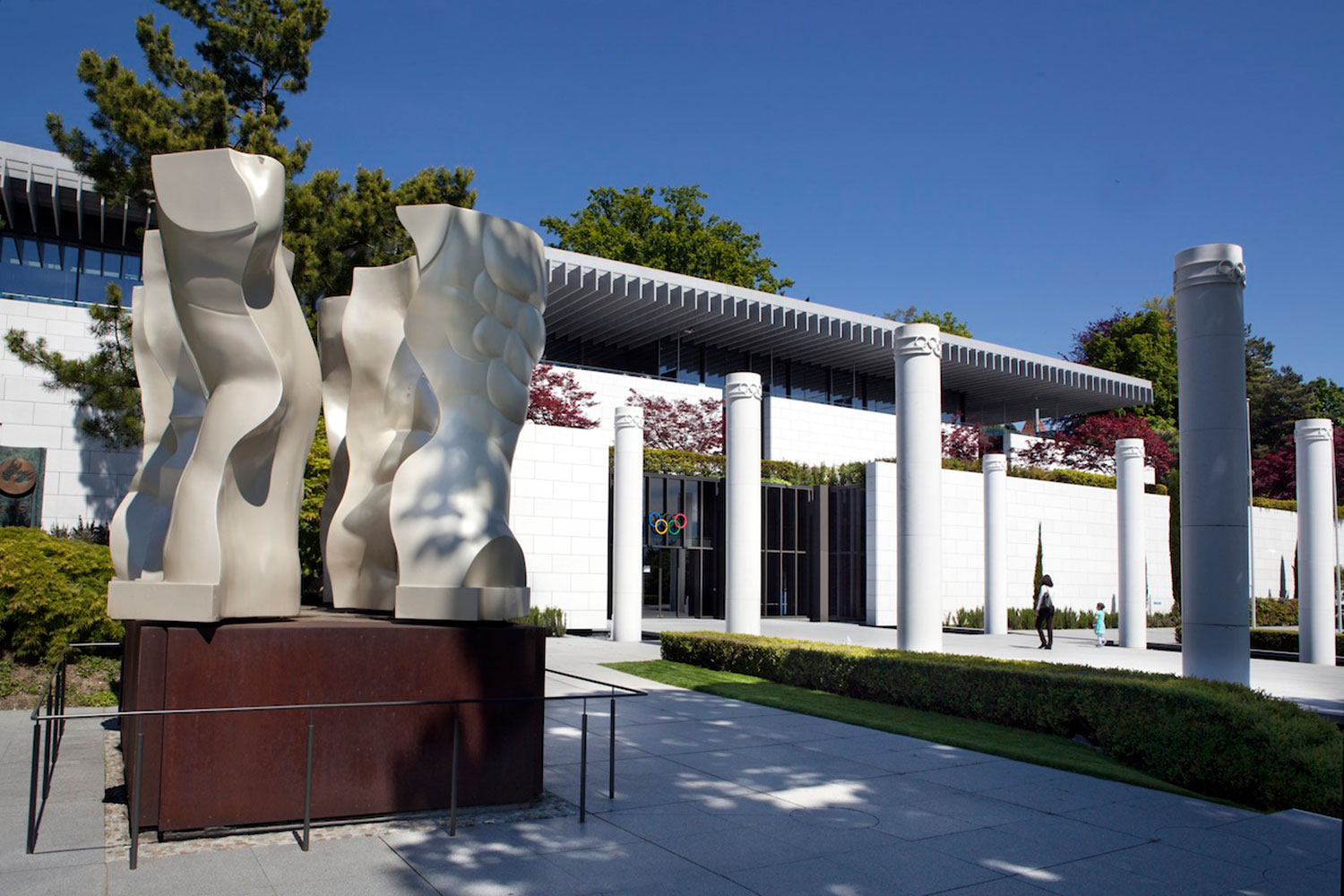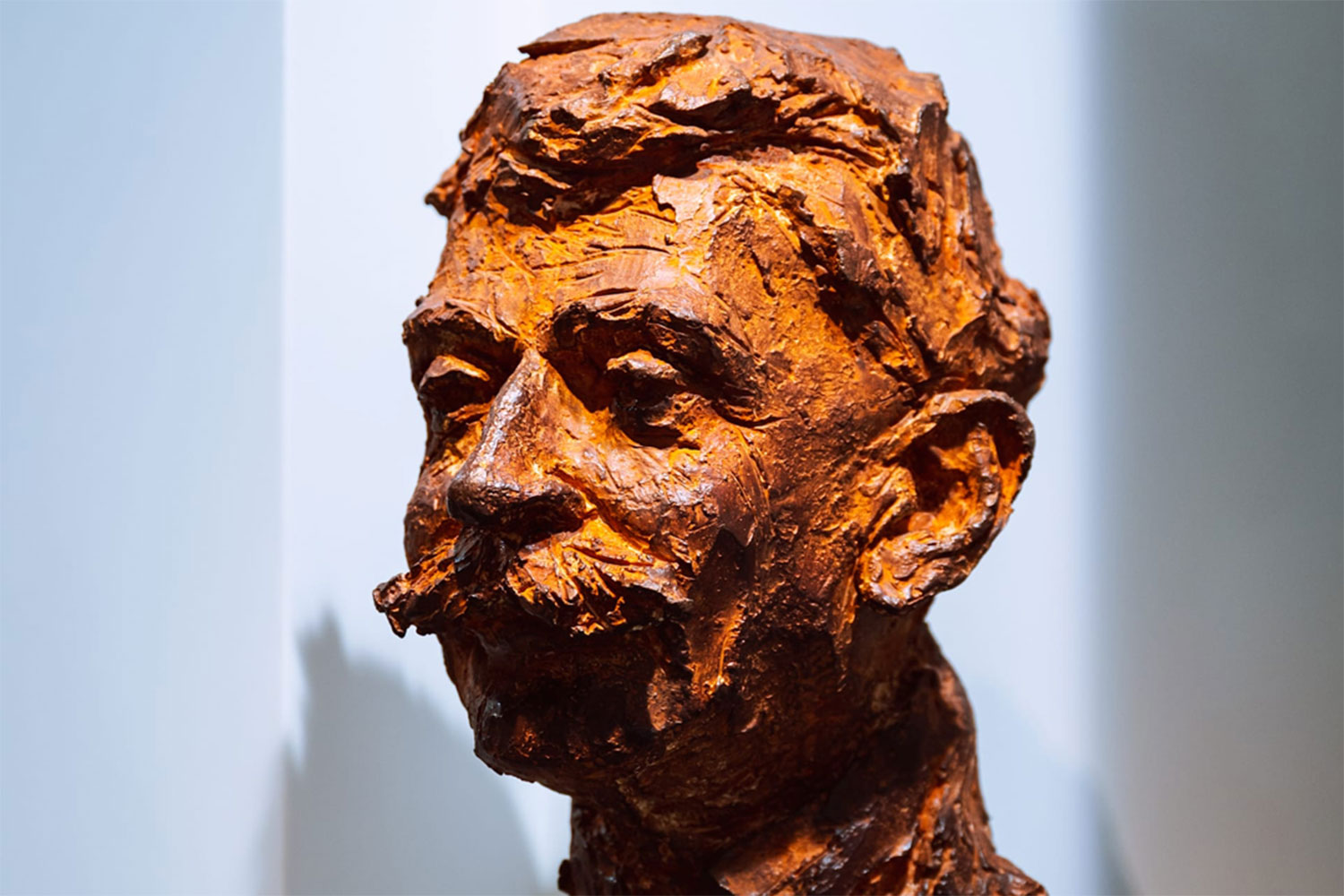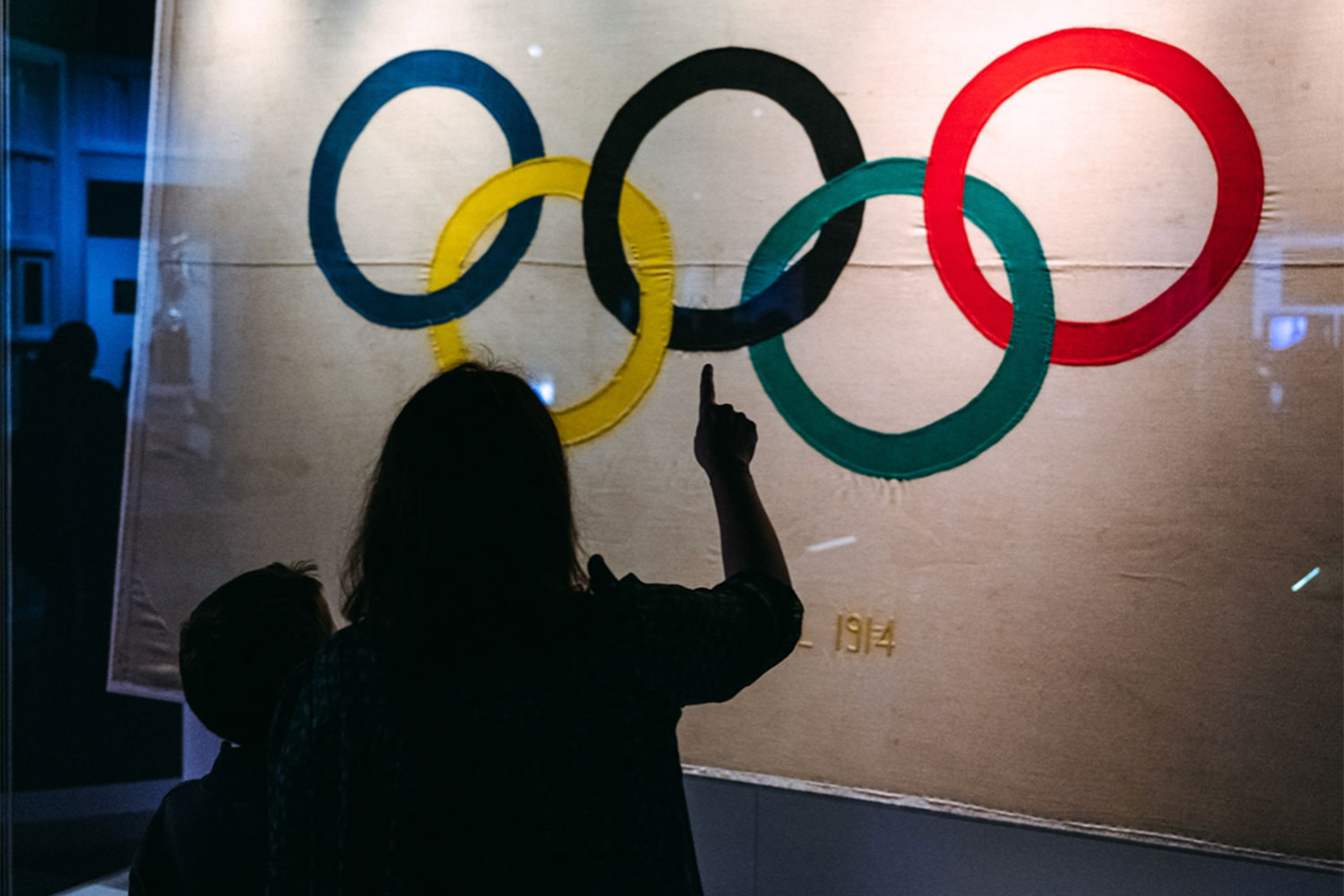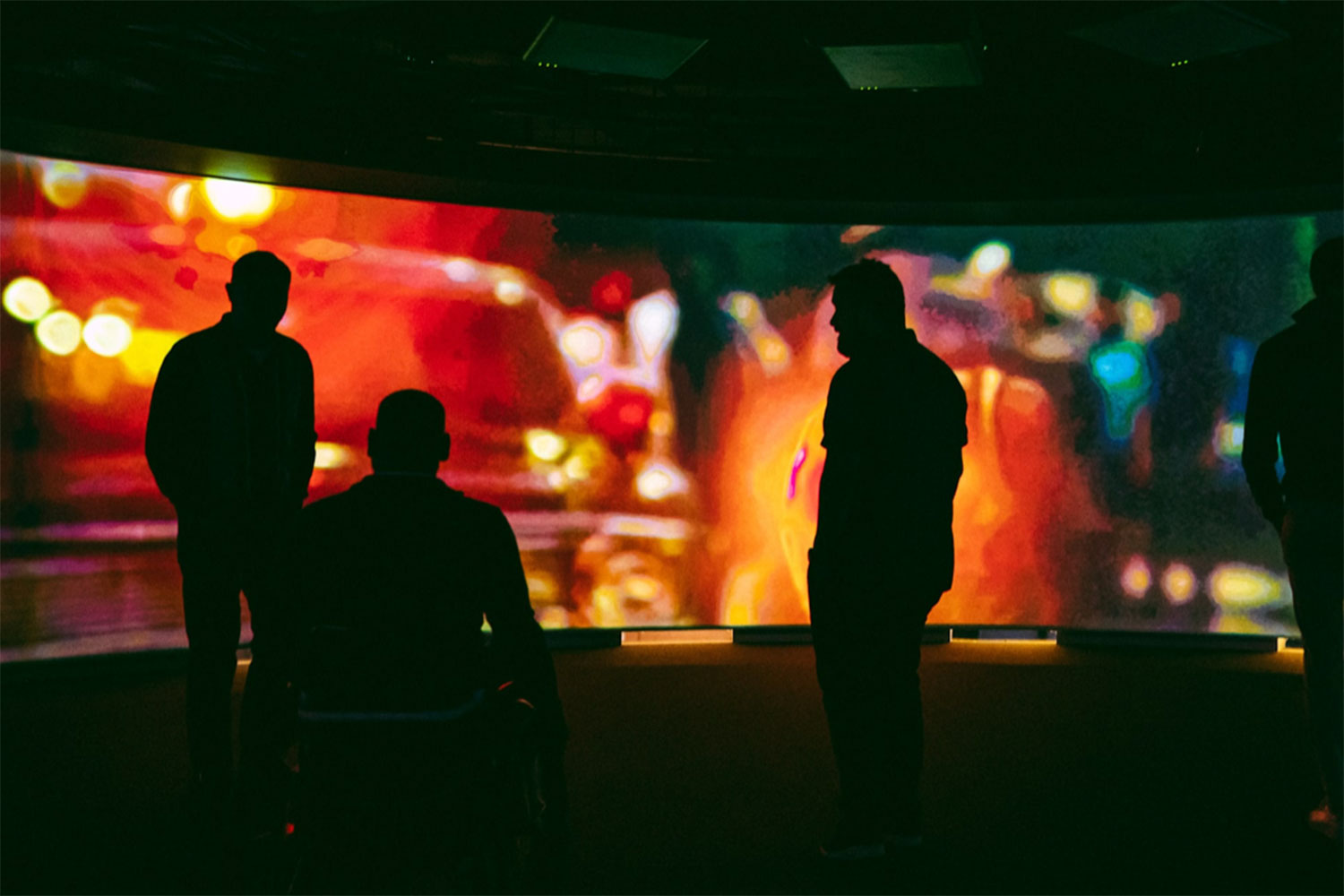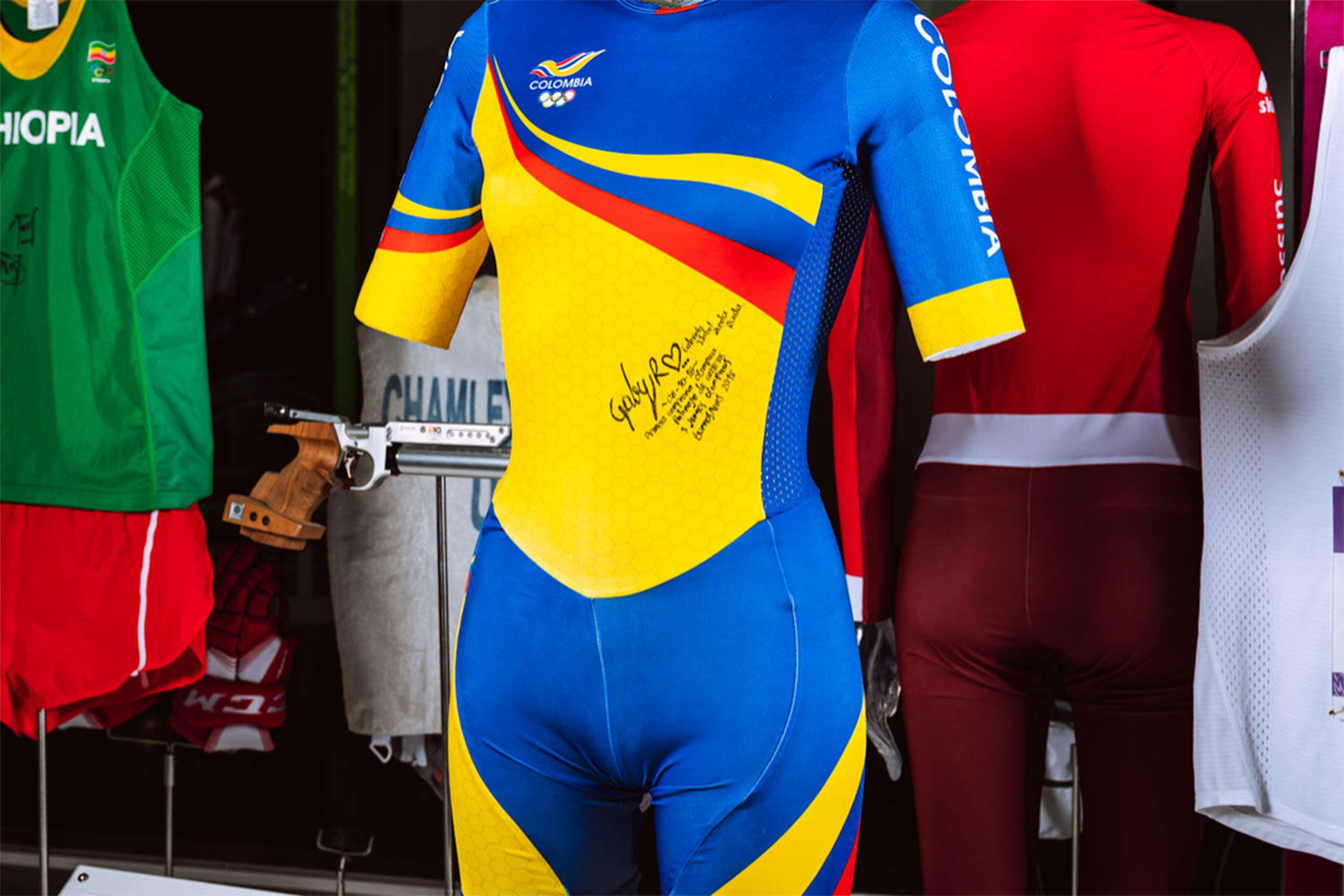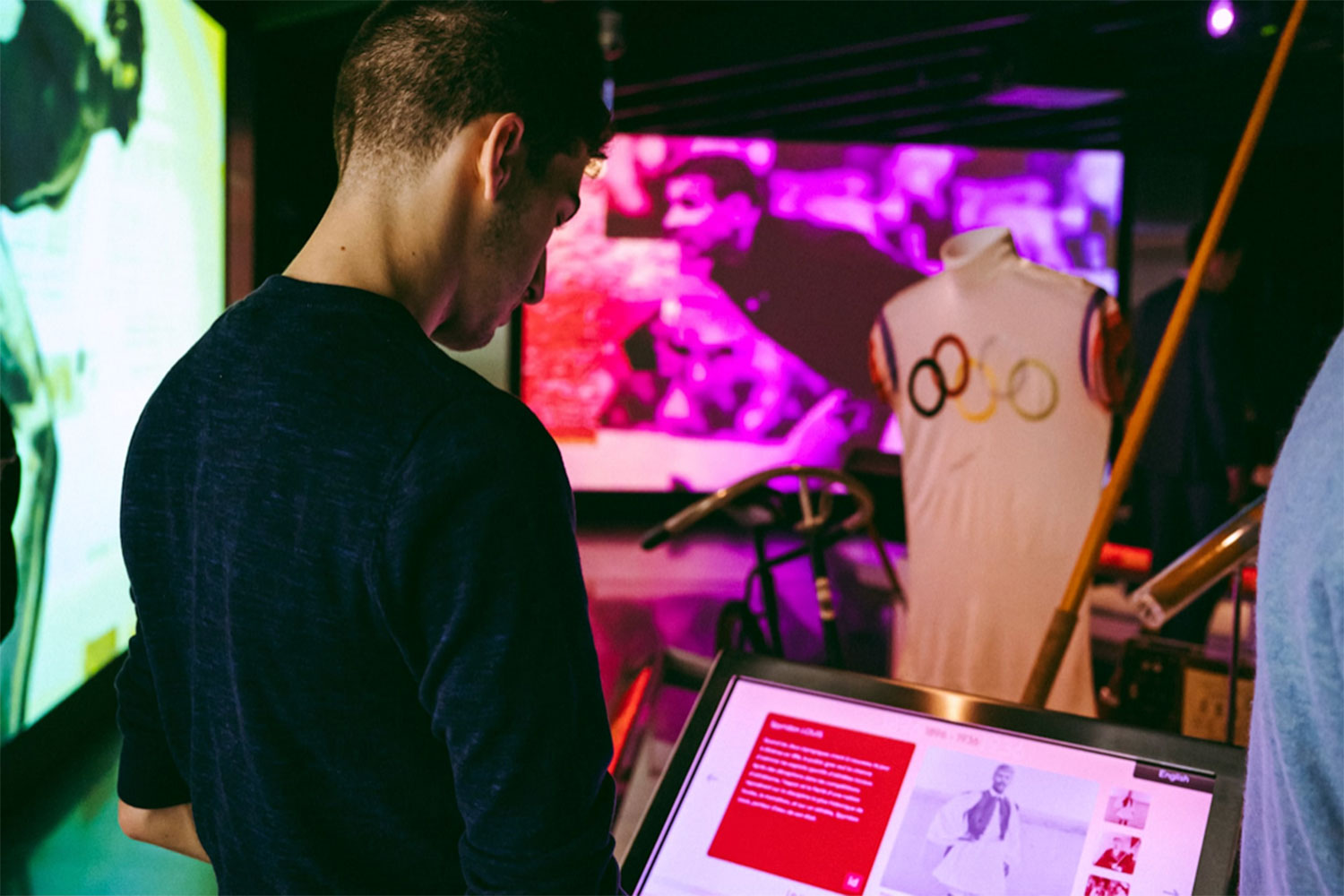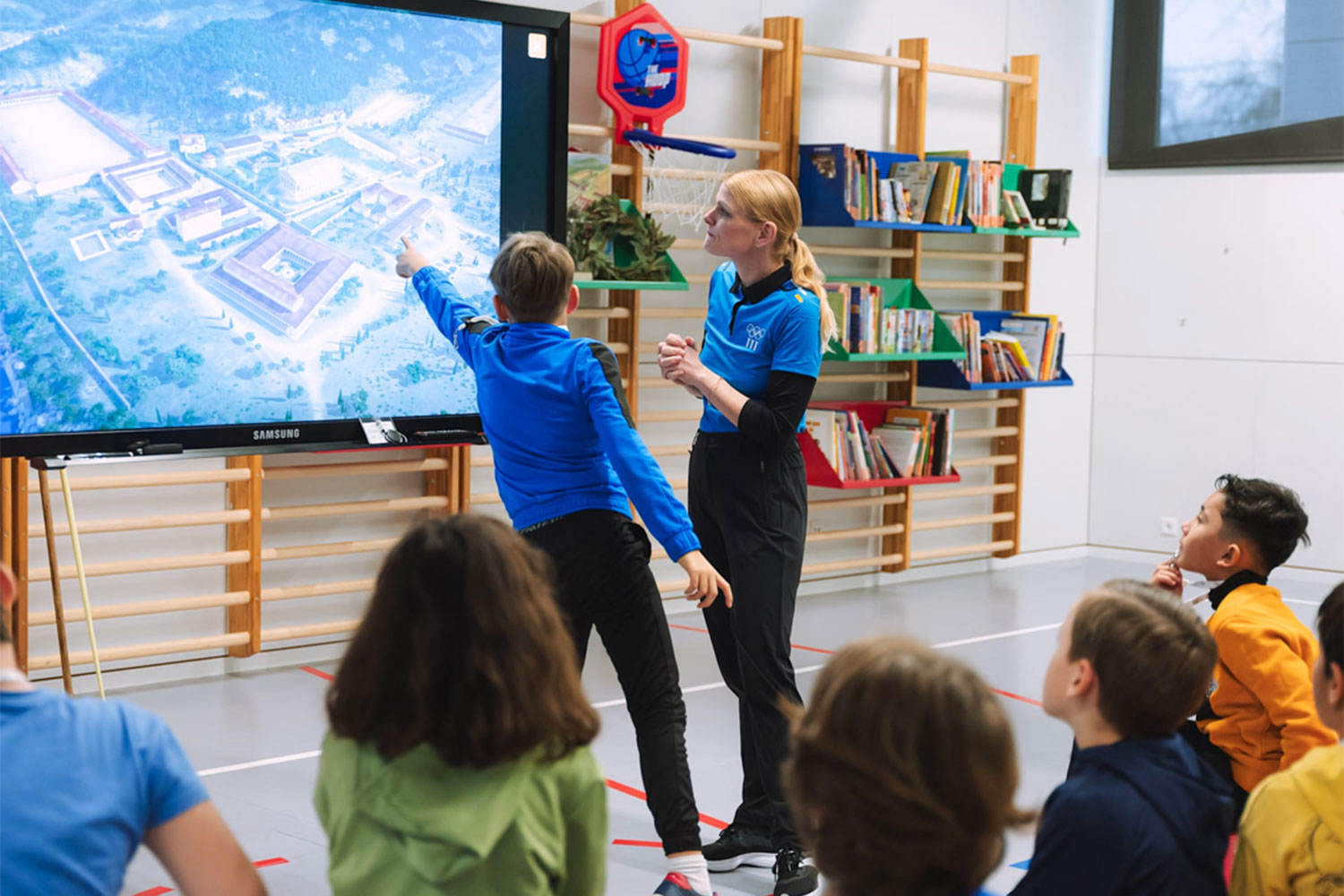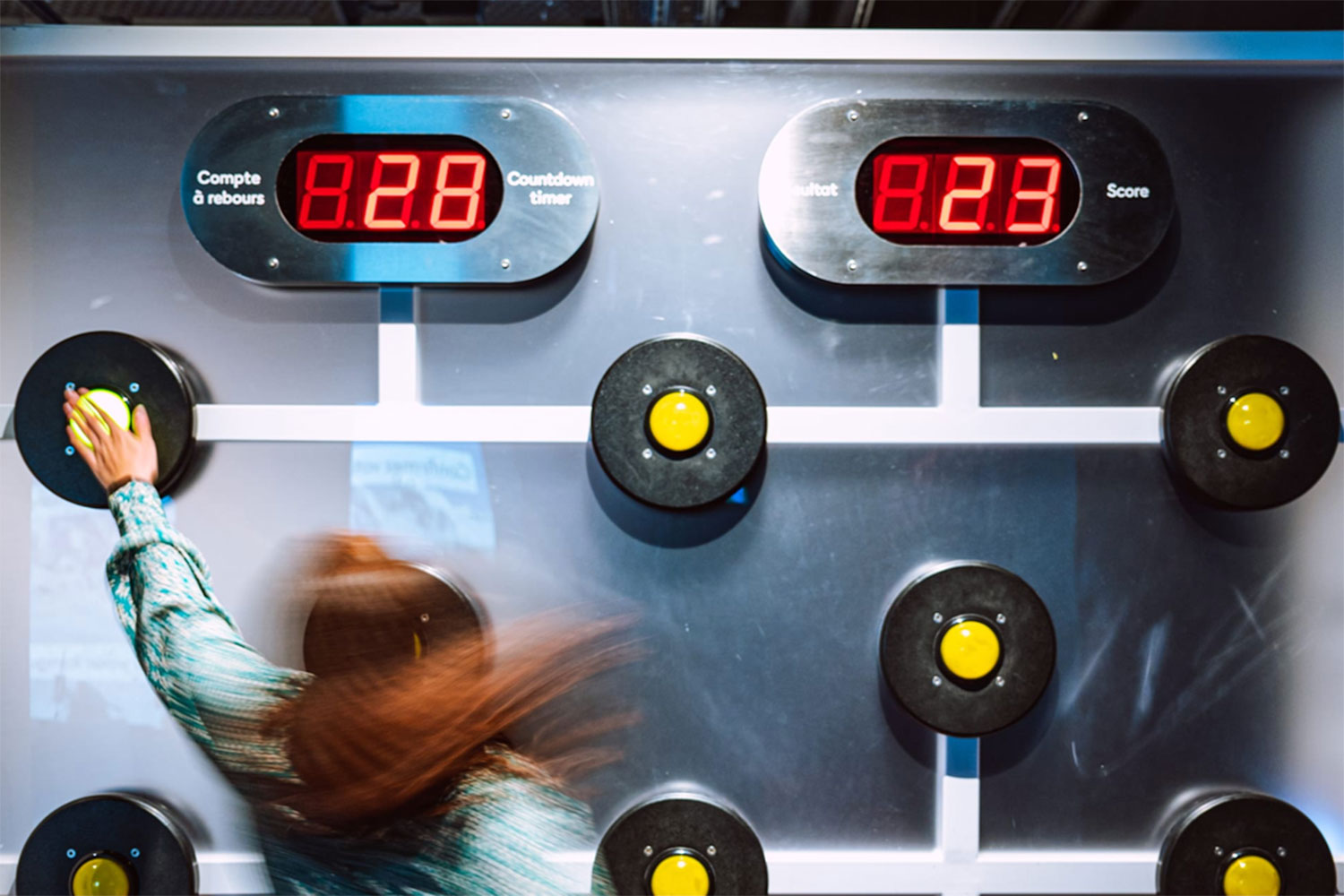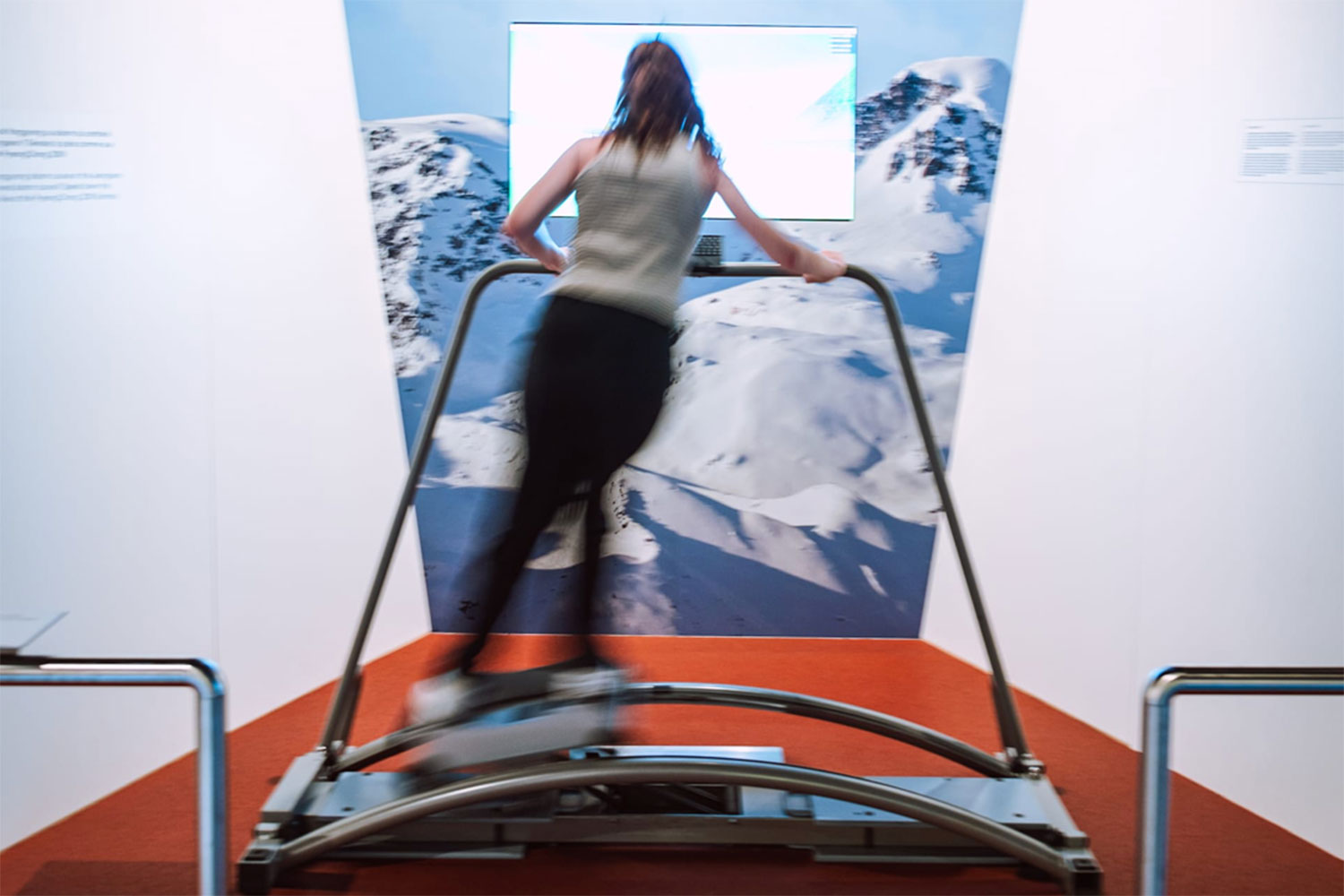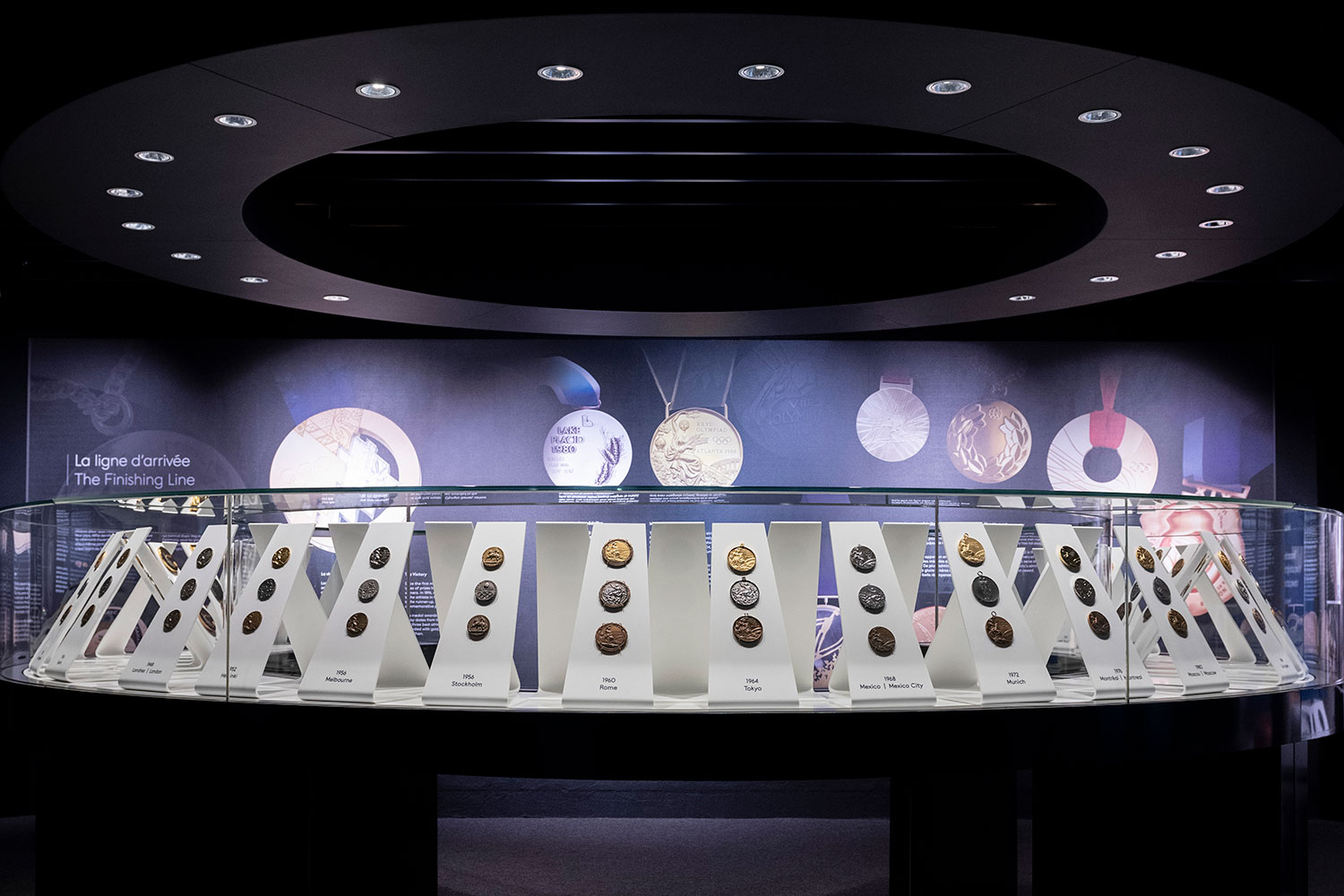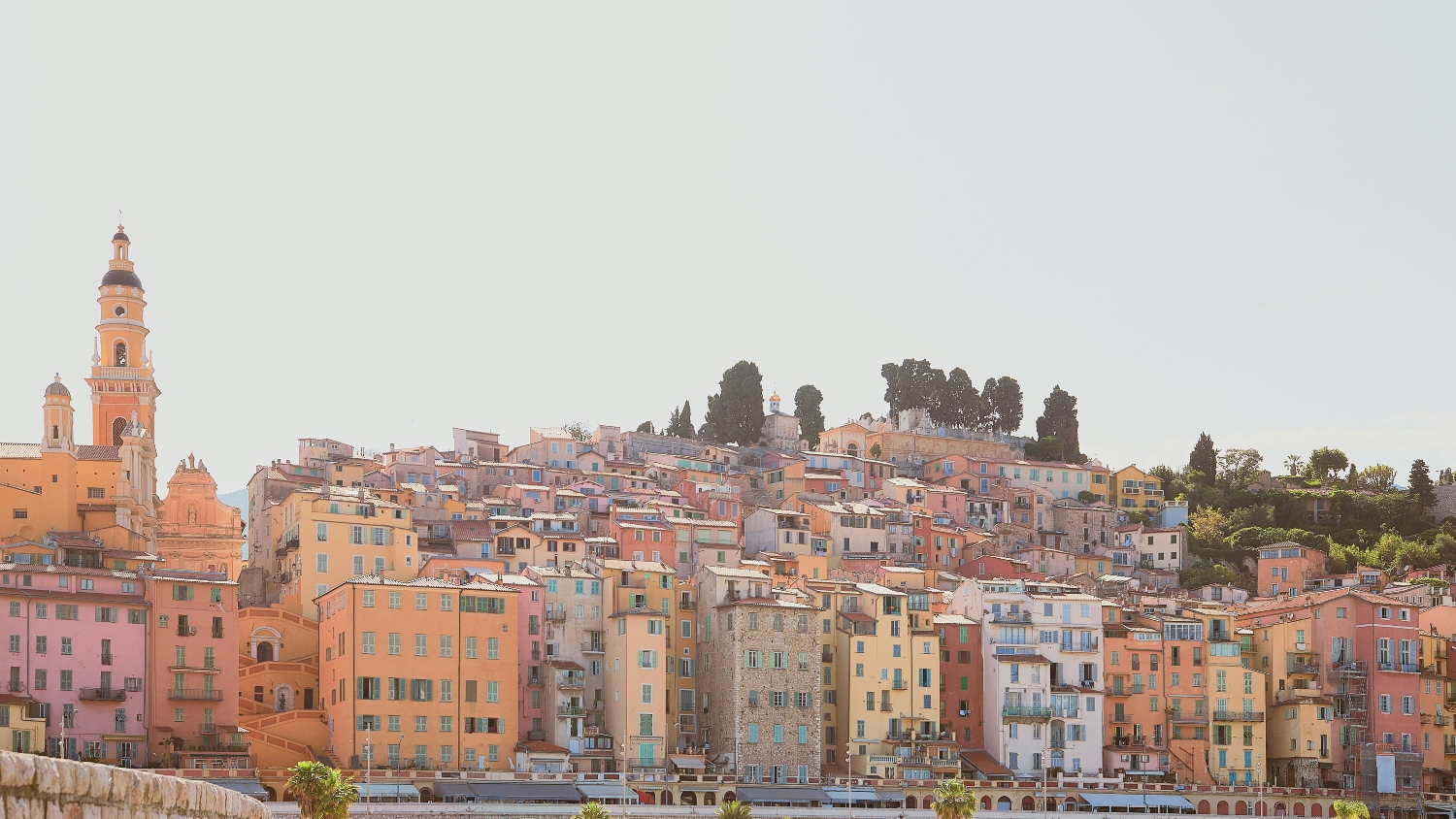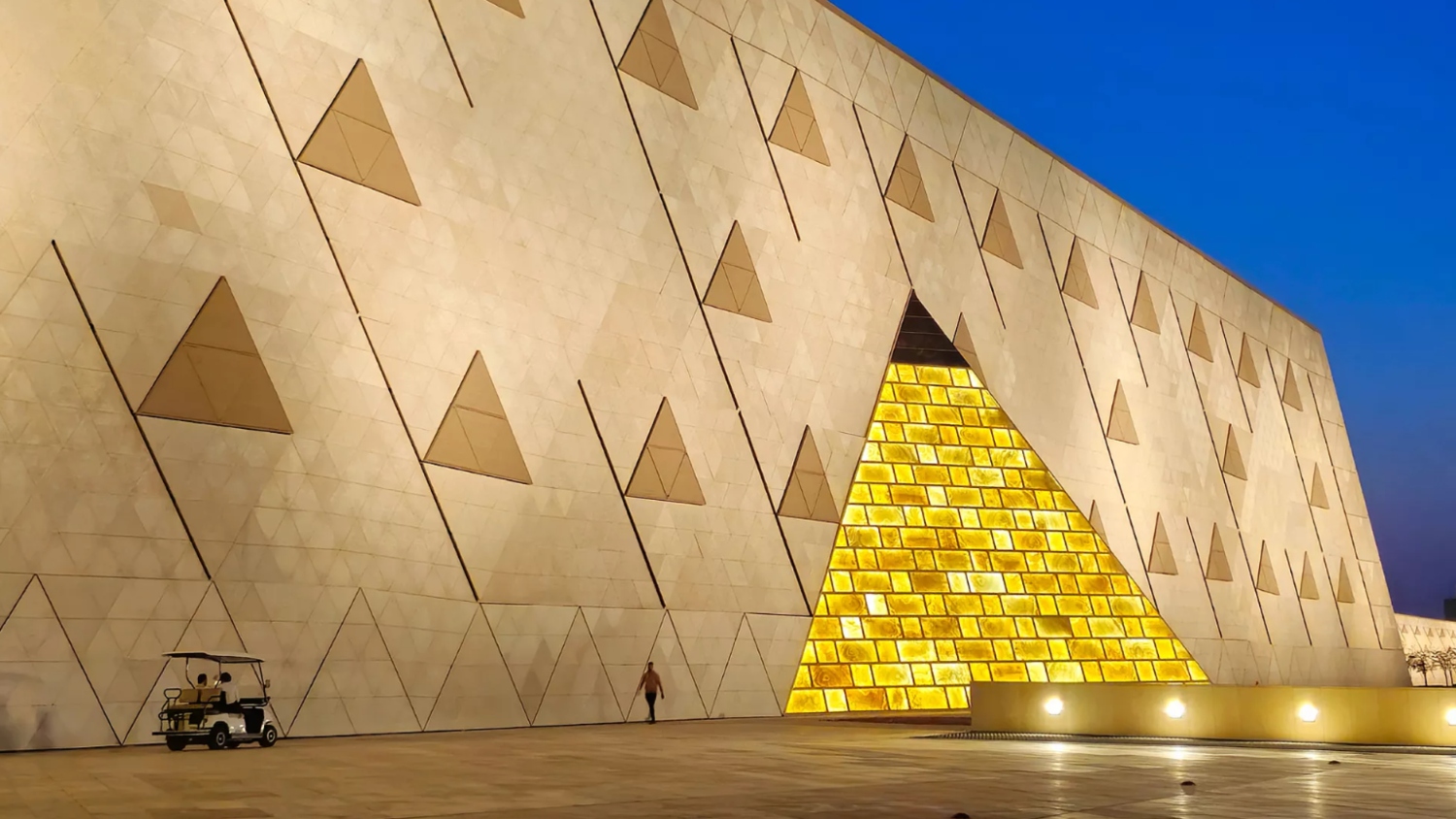Standing quiet and dignified in direct bird’s eye view from Lac Leman in Lausanne, Switzerland, just behind the sprawling green stretch of well-manicured grass, is a tall building of gleaming white stone. Leading up to it is a flight of stairs, flanked on both sides by white columns that bring to mind Greek temples of old. Interspersed between each tall white post are statues of men and women, immortalised in a myriad of tests of speed, strength, lithe and agility.
Welcome to The Olympic Museum, heart and home of the modern Olympic Games. While its building and façade reminisce the ancient regality of the roots of the games, it invites all within with gleaming glass doors that swish open by motion sensors and sleek floors of black granite that click a regal echo through its halls. At the very centre of the lobby, a welcome helix brings visitors on a winding way up to the start of the exhibition at the very top floor, mirroring the palpable glory, grace and excellence that is the spirit of the Games.
Inaugurated on 23 June 1993, The Olympic Museum is made up of three storeys that house the world’s largest and most comprehensive Olympic collection. Exhibitions both permanent and temporary tell the long history of the Games and interactive activities both cultural and educational immerse you into its colourful influence. Here, spot your favourite athlete’s jersey; discover the most memorable moments; relive the greatest achievements; and be moved by the global phenomenon that is the Olympic Games.
More than just a museum, it serves as the visitor centre for everything to know about the Games as well as guiding lighthouse for fans to come home to where it all began.
Level 1: The Olympic World
Begin on Level 1 that combines digital story-telling and old artefacts to bring to life the story of how the Games came to be. State-of-the-art audio and visual elements narrate origins of the Games from the first written evidence of the official Games from 776BC, held every four years to honour the God Zeus, to its banning gin 393AD by the Roman Emperor Theodosius I under claims that they encouraged paganism. Grecian ceramics portraying ancient tributes in competition and weather-beaten leather shoes and accessories give a glimpse into what the Games were like two thousand years ago.
It also tells the birth of the modern Olympic Games, revived in Paris by the scholarly sportsman Baron Pierre de Coubertin, today known as the father of the modern Olympic Games. By his passion for sports and belief in sports being a big tool for unity, he organised the first Olympic Congress in Paris in 1894, where the Olympic Games were reborn and the International Olympic Committee was created.
Although a thousand-year history stand between the ancient and modern Games, they both serve the same purpose as underlined by its motto, “Citius, Altius, Fortius” (Faster, Higher, Stronger): to promote physical and mental development, to build a better, more peaceful world through mutual understanding and friendship and to create an international sense of goodwill – all through sports.
Displays not to miss here include the very first Olympic flag, stitched and sewn together by hand from 1913, as well as a sweeping panoramic lineup of all the Olympic torches from every edition of the Games since 1936. Over 50 torches track the evolution of the games and growing reach across the globe. Touchscreen stations spout trivia and Easter Egg information on a myriad of elements, promising an engaging tour for visitors of all ages.
Level 0: The Olympic Games
Go down a level and learn more about the mindsets and skills of the athletes who make the cut as the best of the best to participate in the Games. A stunning 180-degree film “Inside the Race” transports one right into the very psyche of men and women who stand out in the world as Olympians. The six-minute montage is stitched together from real footage and quotes from the best athletes of different disciplines.
Next to it is a hall that, at first glance, looks like the athletic gear department of a shopping mall. Take a closer look and you’ll realise that hung on the hangers and propped up on the stands are the very attires, shoes and equipment used by the some of the greatest athletes during the Olympic Games across the years.
There is the wooden tennis racquet of Charlotte Cooper of Britain, the first female Olympic champion in tennis, who went on to win Wimbledon five times. A few decades down are the autographed recreational ice skates of Sonja Henie of Norway, three-time Olympic champion in figure skating at 23 years old. Not amiss are Usain Bolt of Jamaica’s jersey, which the fastest man alive wore when he won the 200m final at the Olympic Games Beijing 2008.
They are accompanied by audiovisual guides that also tell the tale of their respective backstories and, if available, play the footage of their historic moments as caught on camera. The museum has curated and archived more than 58,000 hours of audiovisual content, consisting televised coverage of the Olympic Games and Olympic films. They span from 1900, with images of the city of Paris, to 2022, with the official film of the Beijing Winter Games. The historical scope of this heritage collection makes it unique among sports archives.
Level -1: The Olympic Spirit
Further down another floor brings an immersion into the Olympic spirit and its key role for unity across race, gender, nationality and more. It is encapsulated in a philosophy coined by de Coubertin himself called “Olympism”.
“Olympism is a philosophy of life, exalting and combining in a balanced whole the qualities of body, will and mind,” he once said. “Blending sport with culture and education, Olympism seeks to create a way of life based on the joy found in effort, the educational value of good example and respect for universal fundamental ethical principles.”
It preaches that the mark of a true Olympian is one that goes far beyond sporting achievements and medals. The purpose of a true Olympian with a true Olympic spirit is to build a better world by improving relations between people and by offering them better living conditions.
To achieve this, Olympism is based on three fundamental values: excellence, which requires constant improvement; friendship, which involves accepting differences and diversity; and respect, which calls for an uncompromisingly ethical approach to one’s own body, to rules and to the environment. The Museum offers an international multimedia platform and an essential cultural voice to serve the Olympic idea.
Visitors can test their own spirit of Olympism in an interactive area that pushes the boundaries of physical and mental reactions. Games that rally speed and strength, infoboards that divulge little-known facts and numbers and more have been engineered to bring out and nurture everyone’s innate Olympism in a fun and interactive way.
Capping the visit is a goosebump-inducing corridor of medal cabinets that puts on shiny show all the medals from the first 1896 games to present day. Not to be mistaken as a measure of superiority, they are quiet reminders that the best of the human spirit – and the best of humanity – resides within each of us and begins with each of us. Olympic Games come and go, and the champions may change, but the Olympic spirit remains constant.
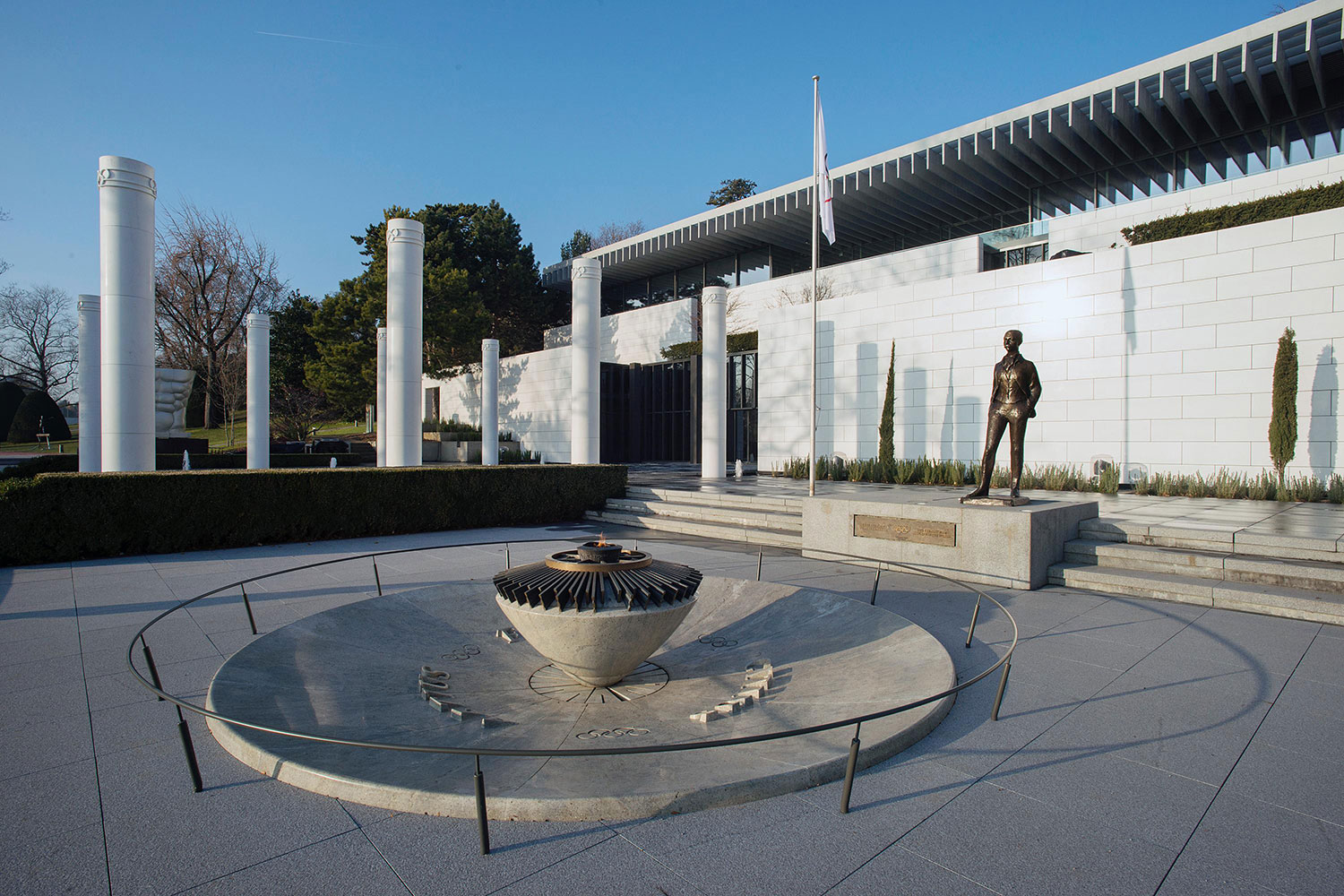
The Olympic Museum is located at Quai d’Ouchy 1, 1006, Lausanne, Switzerland. It is open Tuesdays to Sundays, 9am – 6pm, and closed every Monday except public holidays. For more information, log on to the official website here.
Photos courtesy of The Olympic Museum
